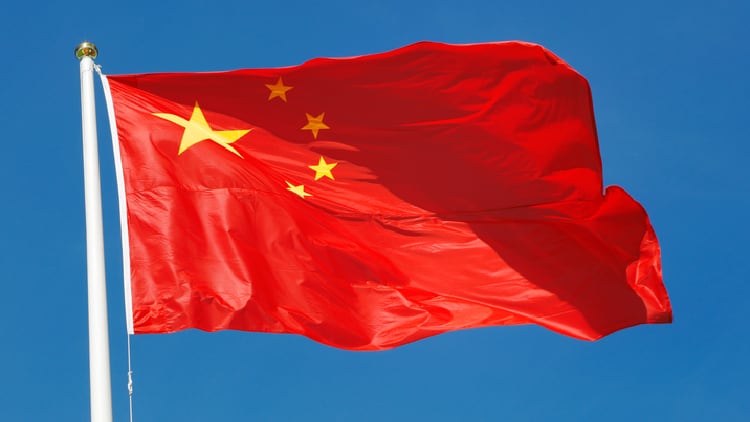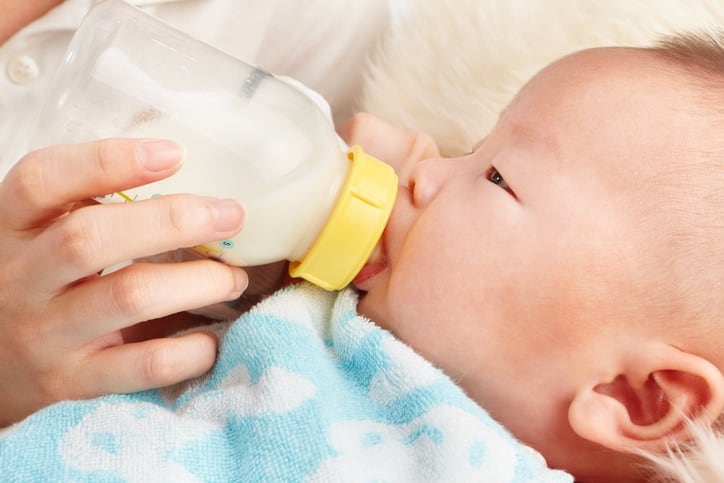Advanced technologies such as artificial intelligence are also something the Chinese People’s Party is looking to take advantage of.
Here are the key takeaways from China’s 2025 Document #1.
- No grain production target
While promoting grain production remains a key objective, the latest document doesn’t set a production target, instead promoting efficient farming practices in order to boost domestic production.
The country also wants to implement minimum purchase price policy for rice and wheat, and improve the corn and soybean producer subsidy, the rice subsidy policy, and the arable land protection subsidy policy.
- Support for pig, dairy and beef producers – but also tighter control
In addition, Chinese authorities are looking to introduce a bailout for dairy and beef farmers. But the Party also wants to increase supply monitoring and control over these sectors – which could result in further consolidation in the industry, the USDA warned.
China also wants to bolster standards for sterilized milk and other dairy products in order to boost consumption enforce stricter health and safety standards in swine production, and improve forage production capacity.
- Bolster farm resilience and research efforts
To address climate change and improve farm resilience, China is planning to sharpen its disaster prevention strategy, including by investing in flood defences, improved land management practices and weather forecasting.
Research and innovation is also coming to the fore, with the authorities vowing to implement artificial intelligence to support the development of smart agriculture.
Strengthen coordination in the scientific research space and between stakeholders such as public institutions and private enterprises is another priority.
- Diversified food supply
China says it wants to ‘practice the concept of big agriculture and big food’, which means diversifying its food supply.
The authorities plan to invest in fisheries, support the development of deep-sea aquaculture and ensure fresh supply of fruit and vegetables.
There’s also a focus on mitigating food waste and losses as a result of disasters through stricter management of floodplains and reduction of farming on unstable lands, e.g. drier riverbeds.




